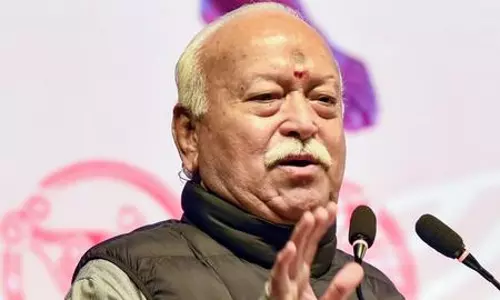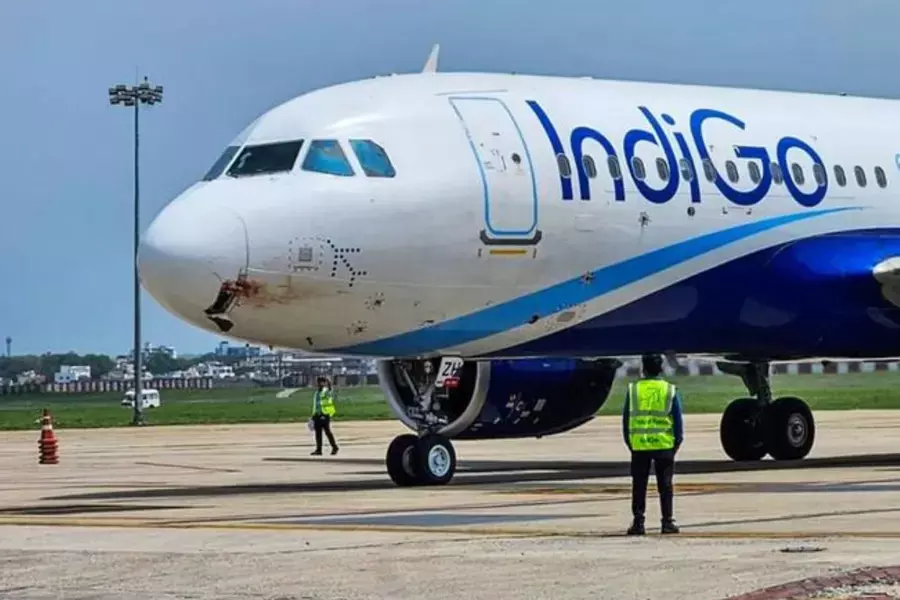
NASA's X-59 'Son of Concorde' set for first test flight, may promise air travel under two hours
text_fieldsWashington: NASA's new supersonic aircraft may make it possible to travel anywhere on Earth in under two hours. The X-59 Son of Concorde is ready for its first test flight and if it succeeds, the new technology will revolutionise air travel.
Experts think the aviation industry is on the verge of entering a new era of ultrafast air travel with NASA's experimental supersonic aircraft, the X-59 'Son of Concorde', gearing up for its first test flight. It is the world's first supersonic commercial airliner and is being tested nearly two decades after the flight of Concorde, the world's first supersonic commercial airliner.
The X-59, though smaller and slower than Concorde, boasts a top speed of around 1,500 kilometres per hour, with the potential to cut travel time from New York to London by approximately 3 hours and 30 minutes. This breakthrough could significantly enhance global connectivity and expedite long-haul journeys.
A recent research study conducted by Britain's Civil Aviation Authority (CAA) predicts that by 2033, a flight from London to Sydney, which currently takes 22 hours, could be reduced to just two hours. This remarkable advancement in suborbital flights, akin to those operated by Jeff Bezos' Blue Origin and Richard Branson's Virgin Galactic jet program, has the potential to offer incredible time-saving opportunities, reported New York Post.
At astonishing speeds of 3,500 miles per hour (approximately 5,632 kilometres per hour), these flights could drastically cut travel times. For instance, a trip from New York to Shanghai could take just 39 minutes, compared to the current 15-hour journey. Similarly, a flight from New York to London could be completed in less than an hour.
One remarkable feature of the X-59 is its 'Quiet Supersonic Technology', designed to mitigate the sonic boom generated by breaking the sound barrier. Typically, when an aircraft surpasses the speed of sound, shockwaves form and create disruptive sonic booms that can be heard for miles along the aircraft's flight path. However, the X-59's unique design prevents these shockwaves from merging, resulting in a gentle sonic thump instead of the loud sonic boom produced by traditional supersonic aircraft.
Once fully assembled and prepared for flight, the single-seat X-59 will measure nearly 100 feet (30.5 metres) in length, with a hard-swept wingspan of 29.5 feet (9 metres) and a height of 14 feet (4.25 metres). It will have the capability to cruise at an impressive altitude of 55,000 feet and maintain a cruising speed of Mach 1.4.
The aircraft is anticipated to reshape global connectivity and revolutionise long-distance journeys.























